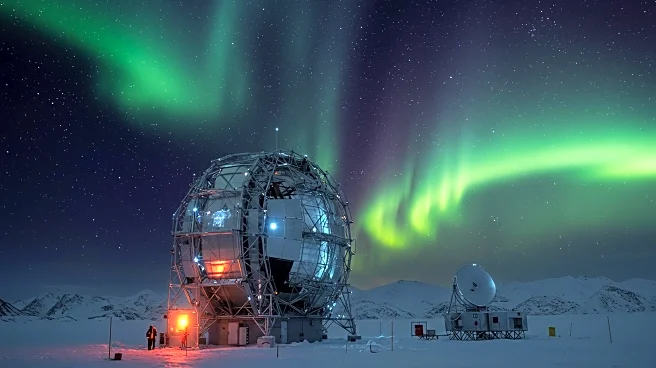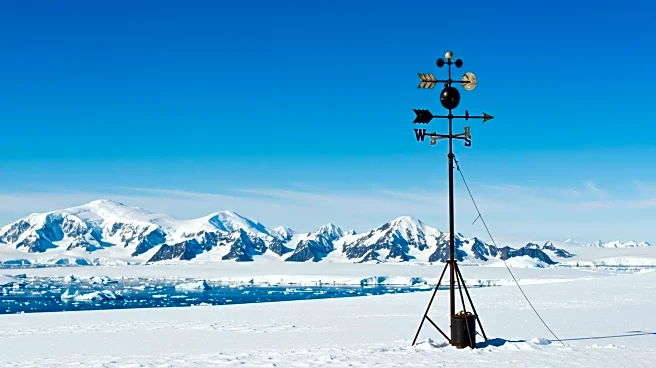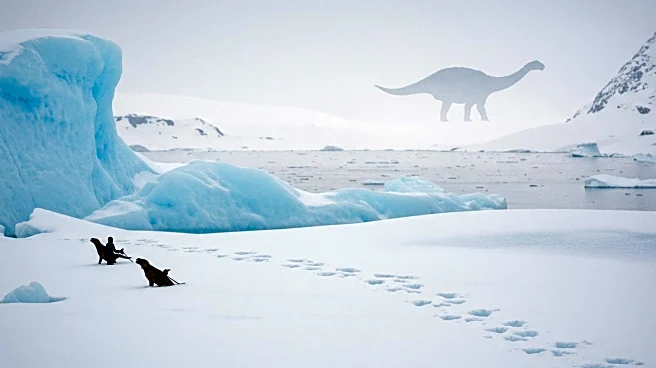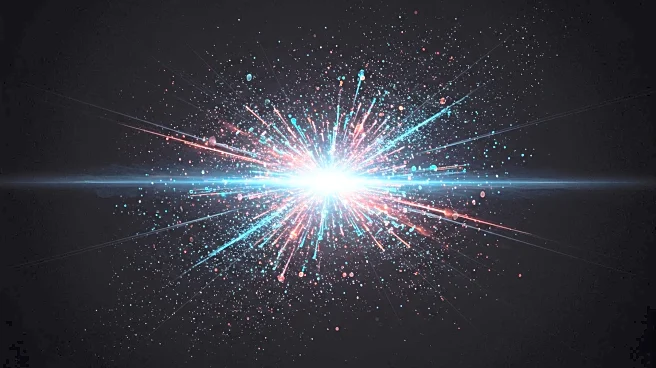What is the story about?
What's Happening?
The IceCube Neutrino Detector, located in Antarctica, is preparing for significant technological upgrades to enhance its capabilities in detecting ultra-high-energy neutrinos. The detector, which consists of 5,160 digital sensors embedded in a glacier, has been instrumental in studying cosmic rays and neutrino behavior. The upcoming upgrades aim to improve the understanding of the glacier's optical properties and expand the detector's ability to measure lower-energy neutrinos, contributing to advancements in neutrino astrophysics.
Why It's Important?
IceCube's upgrades are crucial for advancing research in particle physics and astrophysics, particularly in understanding neutrino behavior and cosmic phenomena. By enhancing the detector's sensitivity and measurement capabilities, scientists can gain deeper insights into the universe's energy dynamics and the fundamental properties of neutrinos. This research has the potential to unlock new knowledge about the universe and contribute to scientific breakthroughs in quantum mechanics and cosmology.
What's Next?
The upgrades to IceCube are expected to be completed later this year, with new sensors and cameras installed to improve data collection. Researchers anticipate that these enhancements will lead to more accurate measurements and potentially new discoveries in neutrino physics. The scientific community is closely monitoring these developments, as they could pave the way for future experiments and collaborations in the field.
AI Generated Content
Do you find this article useful?












